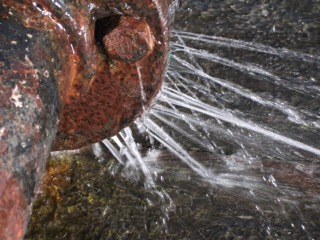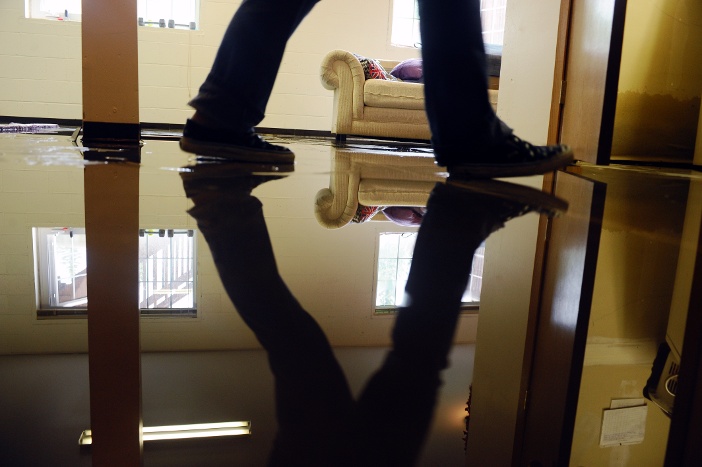How do you feel in relation to What Can Happen If You Flush Food Down the Toilet??

Intro
Many individuals are typically faced with the problem of what to do with food waste, particularly when it concerns leftovers or scraps. One usual inquiry that occurs is whether it's okay to flush food down the commode. In this short article, we'll delve into the reasons people may think about purging food, the effects of doing so, and alternate methods for correct disposal.
Reasons that individuals might take into consideration purging food
Absence of awareness
Some people may not understand the prospective harm triggered by purging food down the commode. They may incorrectly believe that it's a safe technique.
Ease
Purging food down the bathroom might look like a quick and easy option to throwing away undesirable scraps, particularly when there's no neighboring garbage can readily available.
Idleness
In some cases, individuals may just pick to flush food out of large idleness, without considering the effects of their actions.
Effects of flushing food down the commode
Ecological effect
Food waste that winds up in waterways can contribute to pollution and harm water ecological communities. Furthermore, the water used to flush food can stress water sources.
Pipes concerns
Flushing food can lead to clogged up pipelines and drains pipes, creating expensive pipes repair work and aggravations.
Types of food that must not be flushed
Coarse foods
Foods with coarse appearances such as celery or corn husks can get entangled in pipes and create blockages.
Starchy foods
Starchy foods like pasta and rice can absorb water and swell, resulting in blockages in pipelines.
Oils and fats
Greasy foods like bacon or food preparation oils must never be flushed down the toilet as they can strengthen and cause obstructions.
Proper disposal methods for food waste
Utilizing a garbage disposal
For homes furnished with waste disposal unit, food scraps can be ground up and purged through the pipes system. However, not all foods appropriate for disposal in this fashion.
Recycling
Specific food packaging materials can be recycled, lowering waste and minimizing environmental influence.
Composting
Composting is an environmentally friendly method to get rid of food waste. Organic products can be composted and used to enhance dirt for gardening.
The significance of correct waste administration
Reducing environmental injury
Appropriate waste administration techniques, such as composting and recycling, assistance lessen contamination and maintain natural deposits for future generations.
Safeguarding pipes systems
By avoiding the method of flushing food down the bathroom, house owners can stop costly pipes fixings and preserve the honesty of their pipes systems.
Verdict
To conclude, while it may be appealing to flush food down the toilet for convenience, it's important to understand the potential effects of this action. By taking on correct waste monitoring practices and throwing away food waste responsibly, people can add to healthier pipes systems and a cleaner atmosphere for all.
FLUSH FOOD DOWN THE TOILET?
FLUSHING FOOD CAN CAUSE BLOCKED DRAINS IN YOUR HOME
All of the plumbing fixtures in your home are connected to the same sewer pipe outside of your home. This outdoor sewer pipe is responsible for transporting all the wastewater from your home to the Council sewer mains. Even small pieces of food that go down the kitchen sink can cause problems for your sewer. It should therefore be obvious that flushing larger bits of food, such as meat, risks a clog in either the toilet itself or the sewer pipes. Flushing greasy food is even more problematic because oil coagulates when it cools, coating the interior lining of your pipes.
THE TOILET IS NOT A BIN
Food isn’t the only thing that people shouldn’t be flushing down the toilet. People use the toilet to dispose of all kinds of things such as tampons, makeup wipes, dental floss, kitty litter and even underwear. Water goes to great lengths to educate residents about the high costs and stress placed on wastewater treatment systems simply from people flushing the wrong stuff down the toilet. It costs taxpayers millions of dollars each year, and homeowners thousands in blocked drain repairs.
FLUSHING FOOD IS A WASTE OF WATER
Flushing food is a waste of our most precious resource - water. In June this year Level 1 water restrictions were introduced to protect water supply from drought conditions. Much of New South Wales continues to be affected by prolonged drought with recent figures revealing up to 97 per cent of the state remains in drought. Depending on whether you have a single or dual flush toilet, every single flush uses between five and 11 litres of water. In the current climate this is a huge amount of water to be wasting on flushing food that should be placed in the bin (or better yet, the compost).
https://www.jabplumbingsolutions.com.au/blog/can-you-flush-food-down-the-toilet

We hope you enjoyed our article on Flushing Food Down the Toilet?. Thanks a ton for taking a few minutes to read through our piece of content. Liked our piece? Please share it. Let someone else discover it. Thank you for going through it.
Click Here To Find Out More

